Getting a good night's sleep is vital for every human being to survive. According to research, the average person sleeps for eight hours a day, meaning that an average person will sleep for 229,961 hours in their lifetime. That's a third of your life. A huge chunk, right? This means that your sleep situation at home is one of the most important things in your life, whether that is your preferred type of bed frame or your choice of mattress, duvets, and pillows.
The Sleep Council recommends that you replace your mattress every seven years. At that point, it's had over 20,000 hours of wear and tear, playing host to all the fluid and skin cells we lose while sleeping. If you're ready to make the switch, read our handy guide to disposing of your old one.
Gone are the days of driving to bed shops to test out your potential new mattress, as brands like Simba have made it even easier to get a new mattress without even having to leave your house. If you're feeling a little uneasy about that option, I recently swapped my 10-year-old worn-out old mattress, whose springs often poked me in the back, for Simba's Simbatex Foam Mattress. It's been billed as the brand's more affordable option and so, I put it to the test.
 Simba
Simbasimbasleep.com
Pros
- Breathable
- Very comfortable
- Excellent guarantee
- Easy and fast delivery
Cons
- Still quite expensive
- We found that the sides sloped at first, something that took a while to get used to
Jump to:
What is the Simbatex Foam Mattress?
Choosing a new mattress can be stressful, where do you even start? Well, there are three key types of mattresses to choose from - innerspring, hybrid, and foam. You'll probably be aware of an innerspring mattress, as it is the first mattress that hit the mainstream and you probably grew up sleeping on a traditional one. A typical innerspring mattress consists of relatively few layers of spring with a foam quilted into the top layer. Hybrid and foam mattresses are relatively new in comparison.
Hybrid mattresses are a mix of both foam and springs, made up of pocketed coils sandwiched between a dense base foam and a comfy top foam. Unlike innerspring mattresses, the coils are individually-wrapped in fabric and not connected to one another. It gives you the best of both worlds.
Foam mattresses have no springs in sight. They have multiple layers of foam, increasing in density, from top to bottom. At a bare minimum, this usually includes at least three layers – a top foam, core foam, and base foam. They like to 'mold' themselves to your body shape. This applies to the Simbatex Foam Mattress, which has four layers instead of the usual three.
Let's get into the layers and how the Simbatex is made:
The first layer of the Simbatex Foam Mattress is the anti-allergic removable knitted cover. It’s incredibly soft to the touch and the cover has a zip for easy removal and a handle for maneuvering and rotating.
Then the second layer is the cooling cushioning Simbatex comfort layer. Made of CertiPUR foam, this layer has an innovative open-cell structure that circulates 30x more airflow than other memory foam mattresses. It’s also infused with heat-absorbing graphite so it’s extremely breathable and cooling.
The third layer is a Simba-Response foam layer which gives the Simbatex Foam Mattress its firmness. It has an open cell structure that provides support and works alongside the Simbatex foam to maintain airflow. The fourth and final layer is the high density foam base which provides zoned pressure relief.
Build
My Simba mattress (UK double) arrived in a giant box, which blew my mind but I was also incredibly impressed at the same time. The magic behind the box is, of course, vacuum packing, which meant that you have to let your mattress 'inflate' before sleeping or sitting on it. It sprung out of the box and onto my mattress very easily. The only thing was that it did smell a little chemically at first (probably thanks to the plastic which I soon ripped off).
I let my new mattress inflate all day before putting all my bedding on. The first sleep on my Simba Foam Mattress was a little disrupted, mainly because I needed to familiarise myself with the idea of a foam mattress instead of a spring mattress and I almost felt like I was sloping off the side at times. Especially as I share a bed with someone who takes up a lot of room. However, the falling-off-the-side feeling disappeared after a few days as the foam adjusted to my body shape and after a few weeks, I definitely felt that the mattress molded to my partner's and my body shape. In fact, you can make out a little indent even when you're not on the bed.
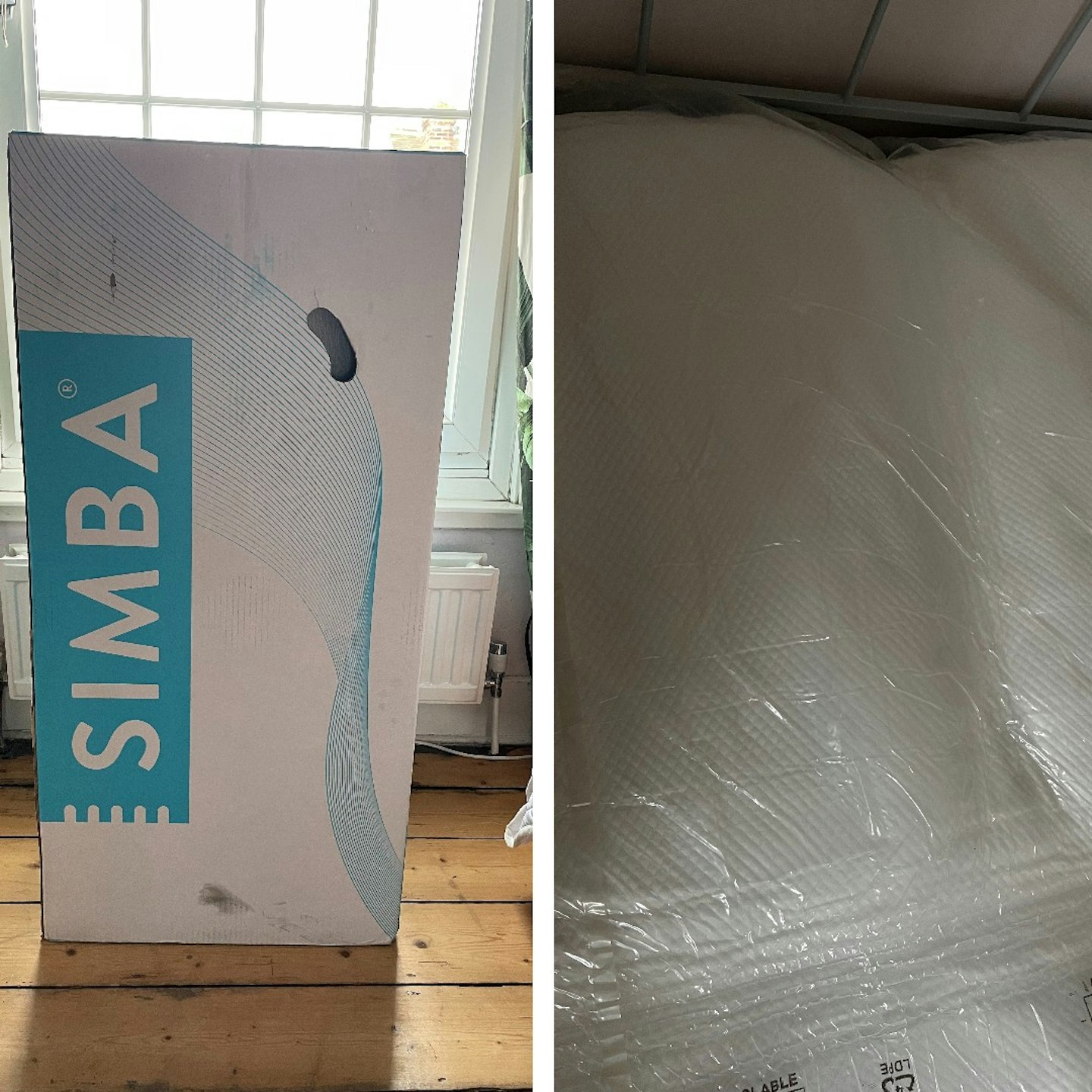
Price and competition
Despite The Simbatex Foam being billed as the affordable option with a lower price and foam-only makeup, I would still consider it a splurge in this day and age.
Compared to the other Simba mattresses, the Simbatex Foam Mattress sits quite low in the pricing chart, but in my opinion, is more of a medium-priced mattress. Even though prices do change over the course of the year, with sale events happening every so often, you're probably looking to spend up to £900 for a Simbatex Double or Kingsize.
That being said, compared to other brands such as Ergoflex and Nectar Sleep, it is more affordable but on par with other favourites, Emma and Eve Sleep.
When comparing the Simbatex Foam Mattress to others that the brand offer, the main difference is that it is made of just foam, unlike Simba's hybrid mattresses that combine foam and springs. Although a more well-rounded option, hybrid mattresses are much more expensive. Despite being billed as the value option, there are so many good things about the Simbatex to shout about.
Performance
My old mattress made my partner sweat a lot and was useless in a heatwave, but the Simbatex has made for a much cooler night's sleep thanks to the breathable layers and fabrics.
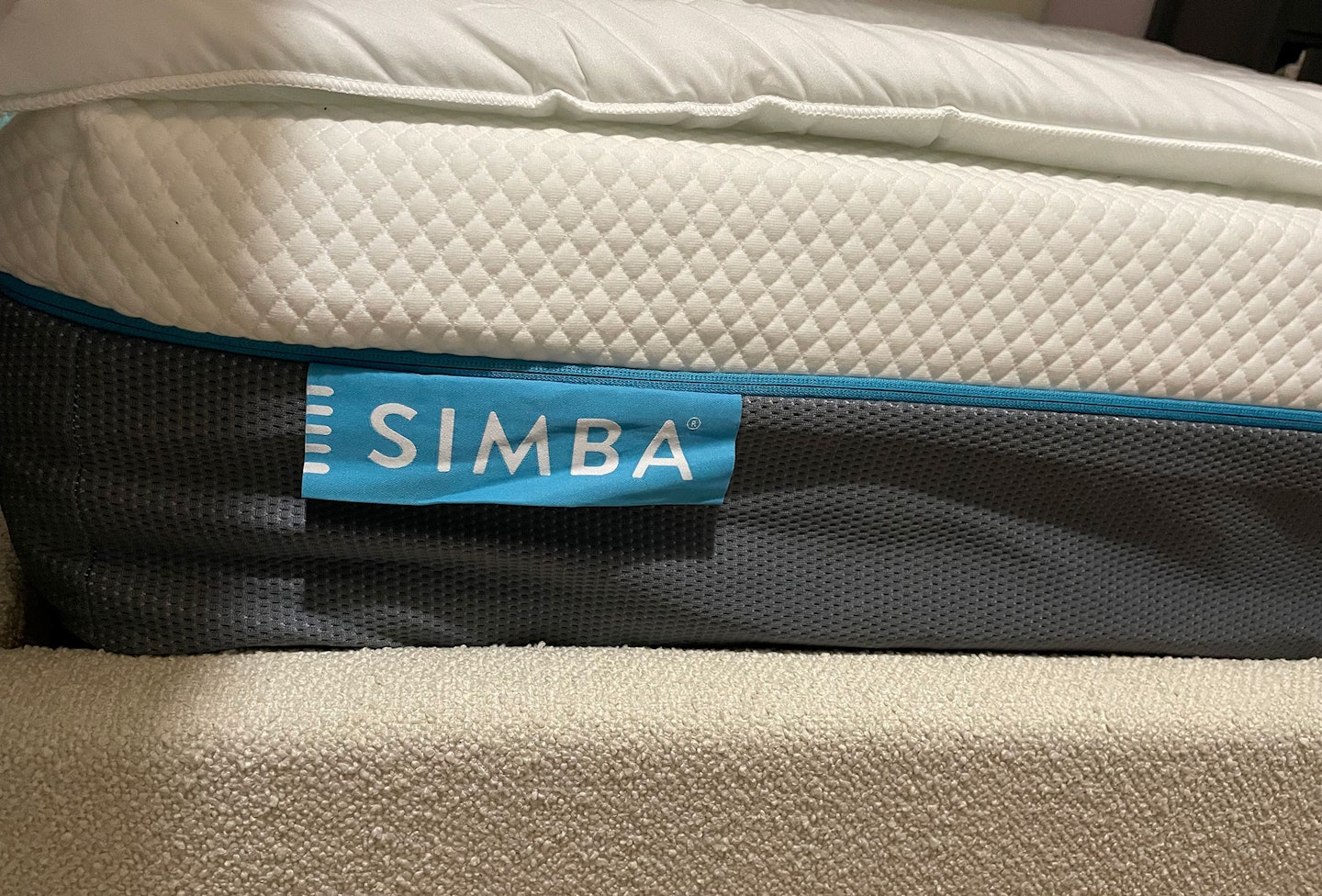
I've also noticed that even though it is a firm mattress, my whole body feels supported - especially my lower back and hips when I'm both asleep or just lying down. The sinking feeling I felt when I first slept on the mattress soon turned into a cradling effect that I've grown to like.
Old mattresses I've had are also incredibly tricky to clean and even when you do attempt to clean them they still feel a little dirty. This isn't the case for the Simbatex, as the knitted cover can just be thrown in the washing machine.
Usability
If you like a soft and squishy mattress that you can sink into, this isn't the one for you. The sloping and dipping were also a bit of a shock and would be a game-changer if I couldn't get used to it in a matter of days. If you're not used to memory foam, it does make for some getting used to it, especially for lighter-than-average bodies.
Like all of Simba's mattresses, it is a little tricky to try the mattress before you buy, which can be offputting for such a high-ticket purchase. Despite the brand having faith that it will be love at first sight you can try them out in selected John Lewis stores and the return process is super simple.
Verdict
After trying the Simbatex Foam Mattress, I'm definitely a foam mattress convert and I'd never thought I'd say that as I've spent my entire life thinking I was a medium to soft mattress person. Turns out I've just never really thought too much about it, but the firmness of the Simba Foam has done my back wonders and my level of comfort whilst sleeping has improved. I don't feel so achy and stiff in the morning.
Sometimes, I can even feel my back pain easing off when I jump into bed after a long day or gym session, a feeling I've never experienced before. As well as getting a fab night's sleep, there are many added benefits to the Simba Foam, including the price, the sleep guarantees, and even the speedy and easy delivery and unpacking.
The only negative I have about the mattress is the sliding and sloping at the sides at first. I did get used to it over time, but that isn't to say that everyone will.
 Simba
Simbasimbasleep.com
Pros
- Breathable
- Very comfortable
- Excellent guarantee
- Easy and fast delivery
Cons
- We found that the sides sloped at first, something that took a while to get used to
- Very firm
- Four layers of engineered support and cooling comfort
- Signature open cell Simbatex foam infused with graphite
- 100% recyclable and carbon-neutral delivery
- 500g hypoallergenic knitted cover
More items to consider
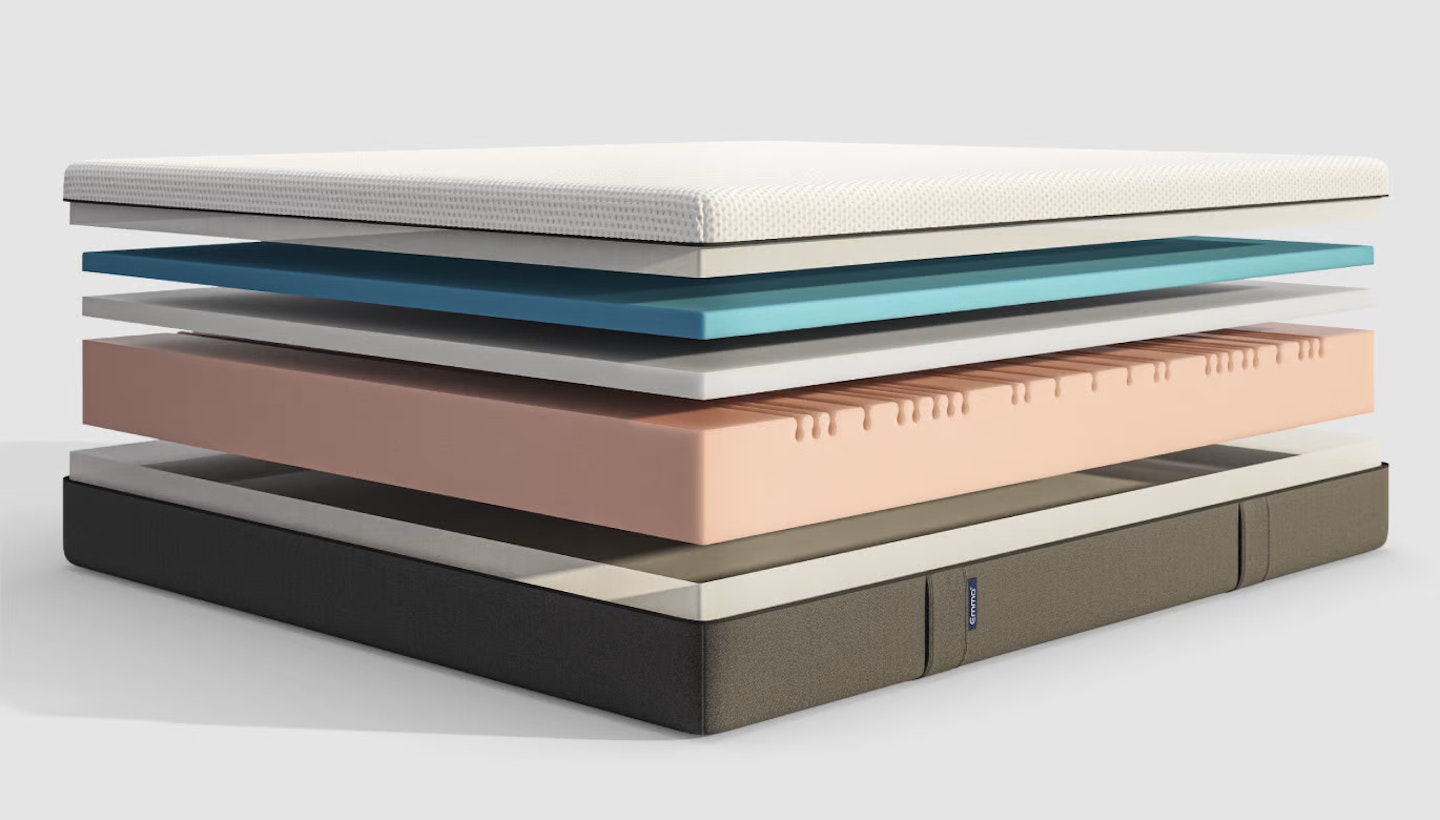
www.emma-sleep.co.uk
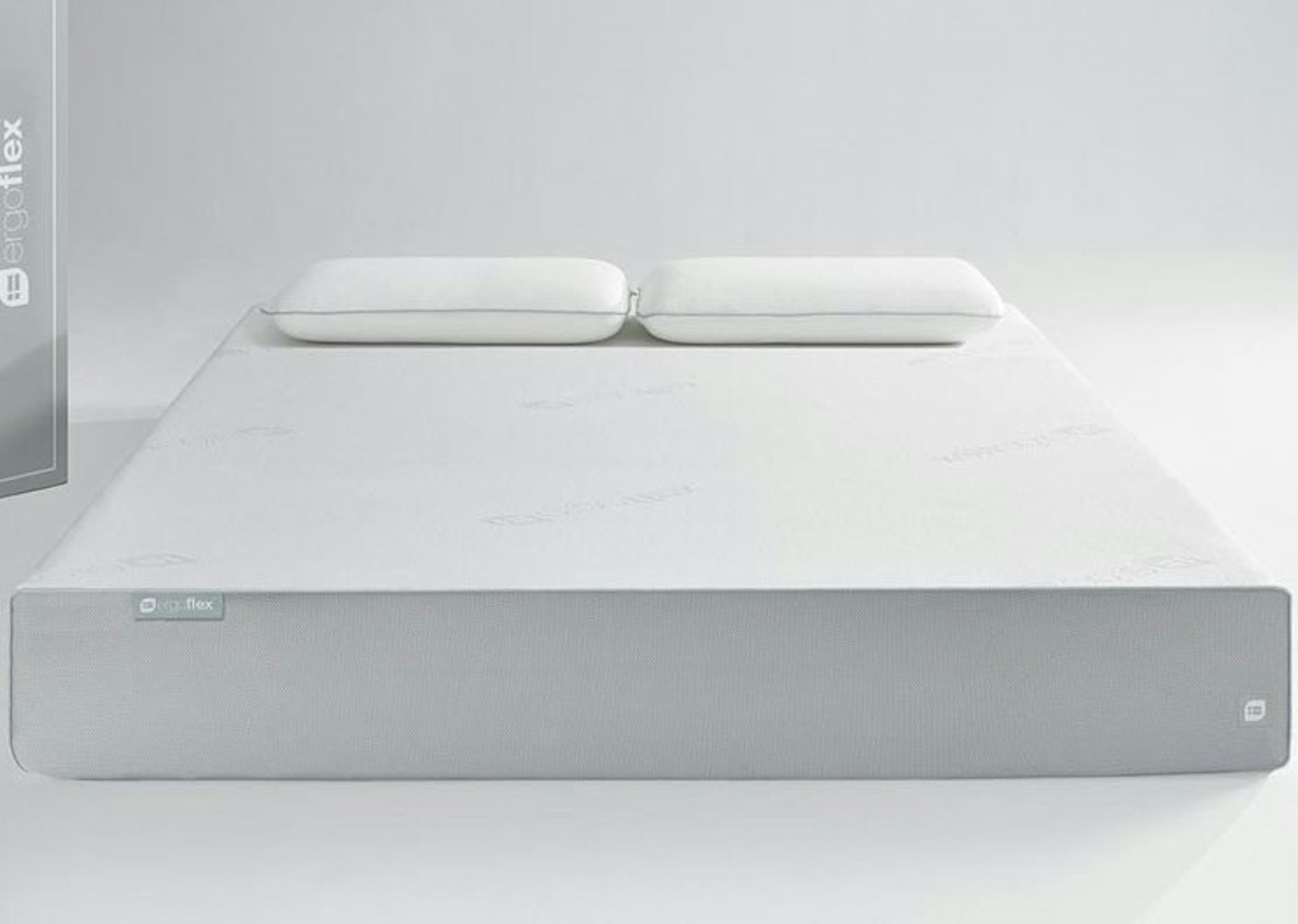
www.ergoflex.co.uk
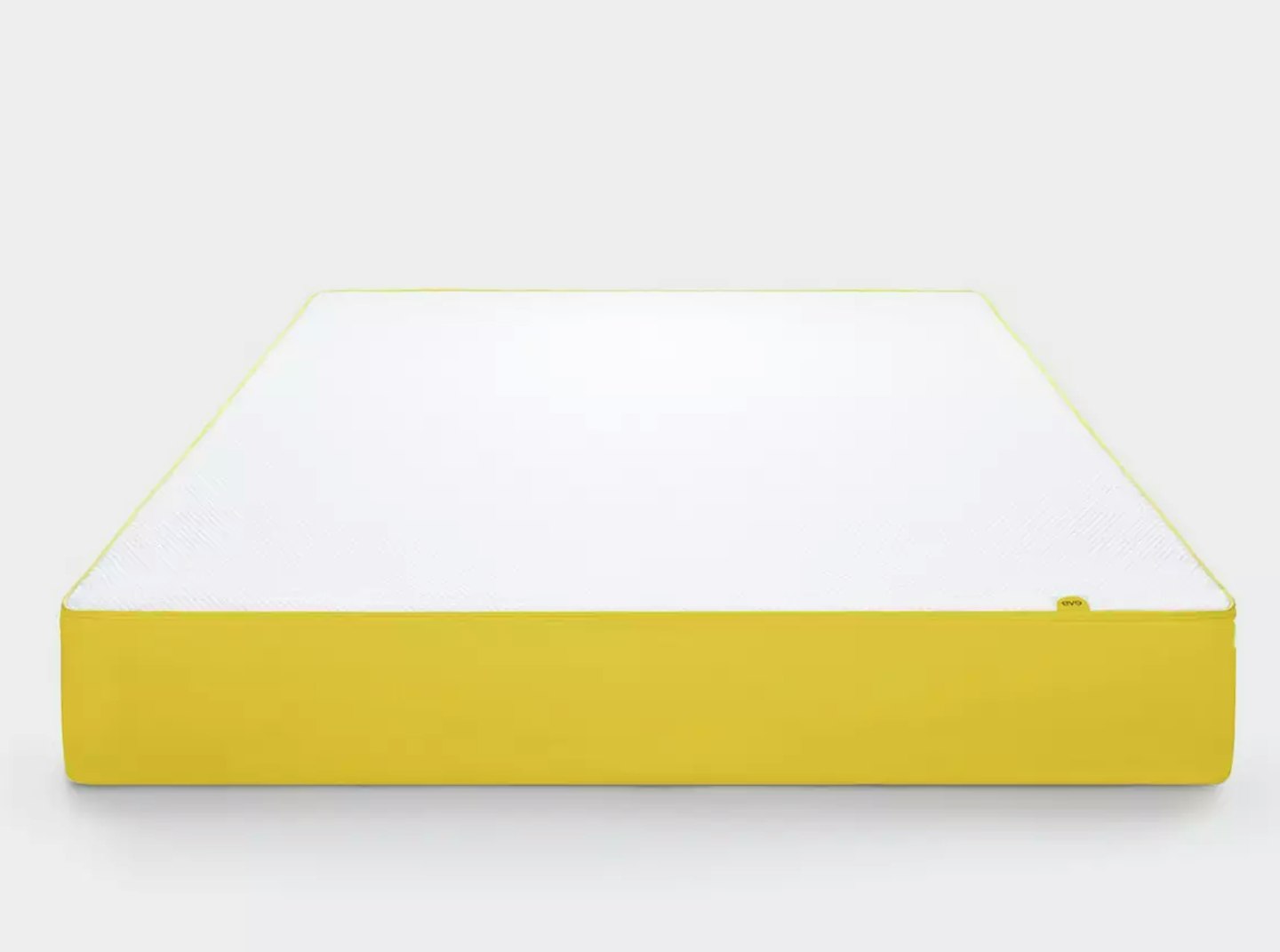
www.habitat.co.uk
How the product was tested:
We (my partner and I, and a couple of cats) slept on the mattress for a period of one month. During this time, the mattress was rotated once and it was slept on with and without a mattress topper.
FAQs
Does it have a guarantee?
The mattress comes with a decade-long guarantee. If it fails during the period of ten years they will swap it for a brand new one.
Simba also has a one-year sleep trial. This means that you can sleep on it for a whole year and if for any reason it’s not quite working out for you, contact them and they will arrange a pick-up and a full refund.
How do I know my mattress is worn out?
Tell-tale signs that it may be time to get a new mattress include not sleeping well and waking up with aches, pains, or stiffness. Sleeping better in other beds and not sleeping as soundly as you did this time last year should also be wake-up calls.
Signs to look out for that may indicate you need to look into a new mattress:
• Disrupted sleep
• Waking up with stiffness or aches and pains
• Signs of wear (tears, saggy, etc.)
• It's over eight years old
• You notice an increase in allergies and/or asthma
• You find that you sleep better at hotels, friends’ houses, etc.
• Springs are closer to the surface than before and are affecting your sleep
• It's making more noise than usual
How often should I change my mattress?
Your mattress should be changed roughly every seven years, although some may last a bit longer and others considerably shorter than that. If you're having issues with your mattress before the seven-year mark and don't want to splash out on a new one, you could look into getting a thicker mattress protector.
Hannah Mellin is a Commercial Content Writer and contributor to What's The Best. She also writes for Yours, Modern Gardens, and Take A Break.
Subscribe to the What’s The Best Newsletter to keep up to date with more of the latest reviews and recommendations from the What’s The Best team.
